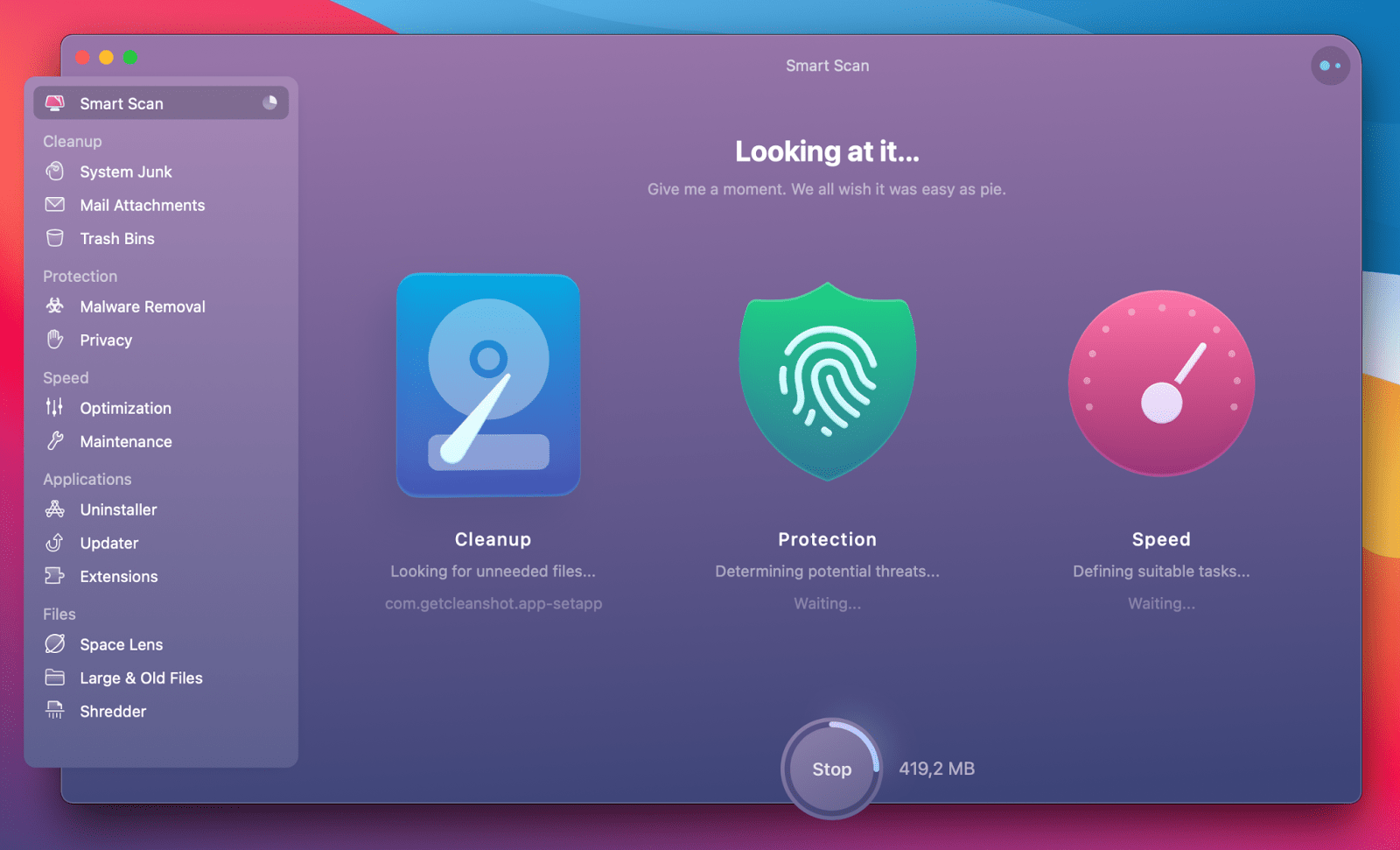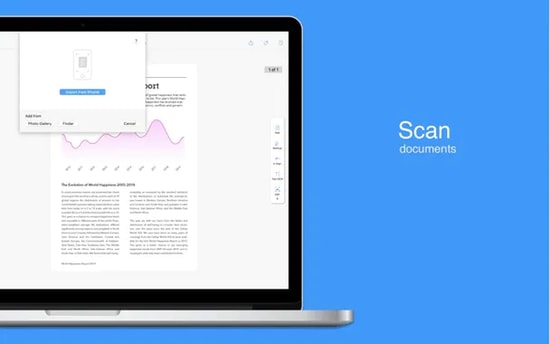

- Better scanning app for mac for mac#
- Better scanning app for mac manual#
- Better scanning app for mac android#
- Better scanning app for mac pro#
Very basic: no captioning, skew correction, or manual frame definition, but may be able to access scanners that other applications cannot.
Better scanning app for mac for mac#
The best option for Mac Users prepared to deal with GIMP.

Reasonable performance but installation and GIMP interface daunting. Works well with photographs of album pages as well as scanned images.įree, multi-platform but poor performance. Simple interface but best suited to tech-savvy users.ĭirect access to flatbed scanners, optional manual control, highly robust splitting algorithm, and simple interface. Good for individual photos placed on the scanner but not for camera images or scanned album pages. Optional manual control of splitting, direct scanner access, single-line captions.
Better scanning app for mac pro#
Similar capability to Caption Pro but without face recognition. A Summary of the Applications ReviewedĪccess via a scanner as well as from files, optional manual splitting controls, good performance with individual photos, excellent captioning, face recognition. As most desktop applications are built for use with flatbed scanners, they will not have the perspective correction.Īll applications provide guidance on the scanning process, the major point being to keep individual photos well separated.

These generally offer the same facilities as the multiple photo apps reviewed here.Ī high-resolution digital camera may also be used to create files which are then processed by a desktop application.
Better scanning app for mac android#
If only single photos are included in the image many photo scanning apps are available, such as Google’s PhotoScan ( Android and iOS) and Best Cool Apps’ Photo Scanner (iOS only). In this case, sections of the page or even single images should be used.

Most smartphone apps suggest restricting the number of photos included in an image, as the number of pixels used in each extracted image will be somewhat less than the camera pixel count divided by the number of images.įor images containing large numbers of small photos (such as old photo albums), pixelated extracted images may result from processing an image of the whole page. In one case, 48-megapixel images from a smartphone could be resampled to 8 megapixels with no loss of image quality, with a 6-fold reduction in image size.Īpps may also offer easy grouping and sharing of extracted photos via social media and the web. Pixel dimensions may be much larger than that required by the image produced by the optical system, as storage is cheap and pixel dimensions are a good marketing feature. Pixel dimensions for smartphone cameras are not necessarily an indicator of image quality. An A4 flatbed scanner scanning at 300 dots per inch creates a 29-megapixel image-more than twice as many pixels as images from a 12-megapixel camera (such as is found on the iPhone XS and Google Pixel 3) and is clearly preferred for high-resolution scans. Individual photos can be saved as individual files, but the resolution of these will be limited by the resolution of the smartphone camera and the number of photos included in a single image. A reflective transparent layer to protect photographs from handling may also be present. If the photos are on a photo album page, the process is more difficult as photo albums commonly have a patterned background, and the pages may be yellowed around the edges, making the background non-uniform and the extraction process more difficult. Good results are usually obtained in this way as the background to the multiple photos is highly uniform and easily distinguished from the photo content, provided the photos are well-separated. Individual hard-copy prints can be placed on the scanner bed and the scanner directly accessed from image splitting software. Small A4 flatbed scanners are readily available, and may even be incorporated into multi-function devices mainly used for printing. The two methods and many other issues are discussed in detail on Ken Watson's excellent website All About Digital Photos. It is difficult for applications for devices using touchscreens to achieve this level of interaction with images, so they rely on automatic segmentation, which works successfully for the majority of cases.Įither a scanner or a camera can be used for creating digital images from existing physical images. With the exception of ImageMagick and Caption Pro, applications do not give any indication of how they achieve this, but any algorithm will fail on some images, and a manual option for defining the boundaries of photos is desirable in this case.


 0 kommentar(er)
0 kommentar(er)
